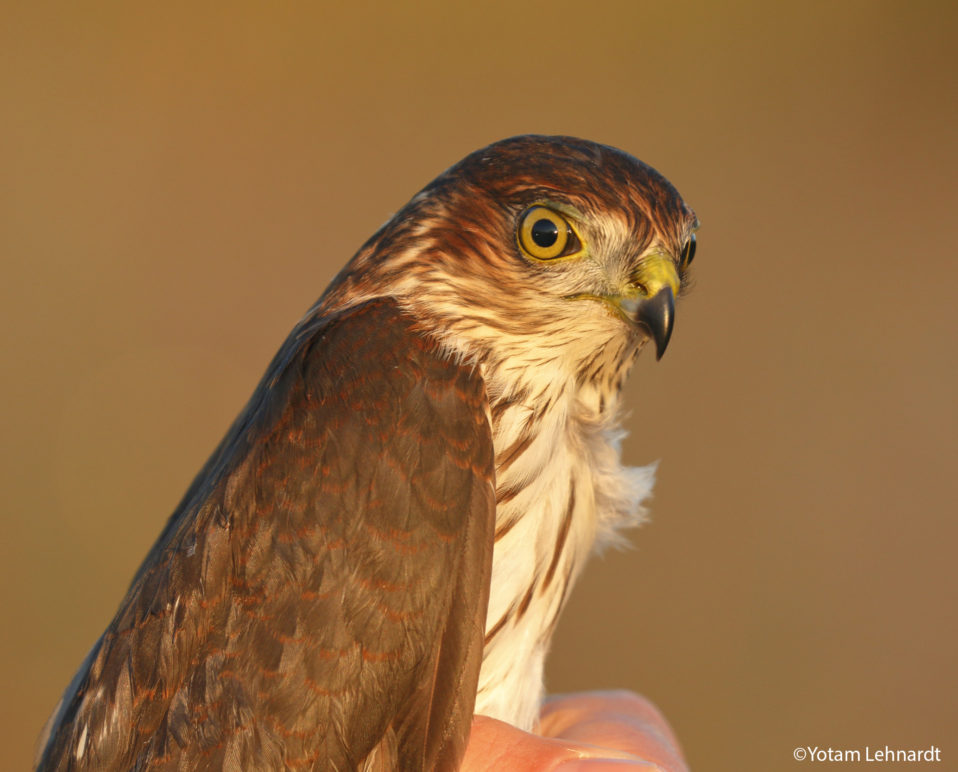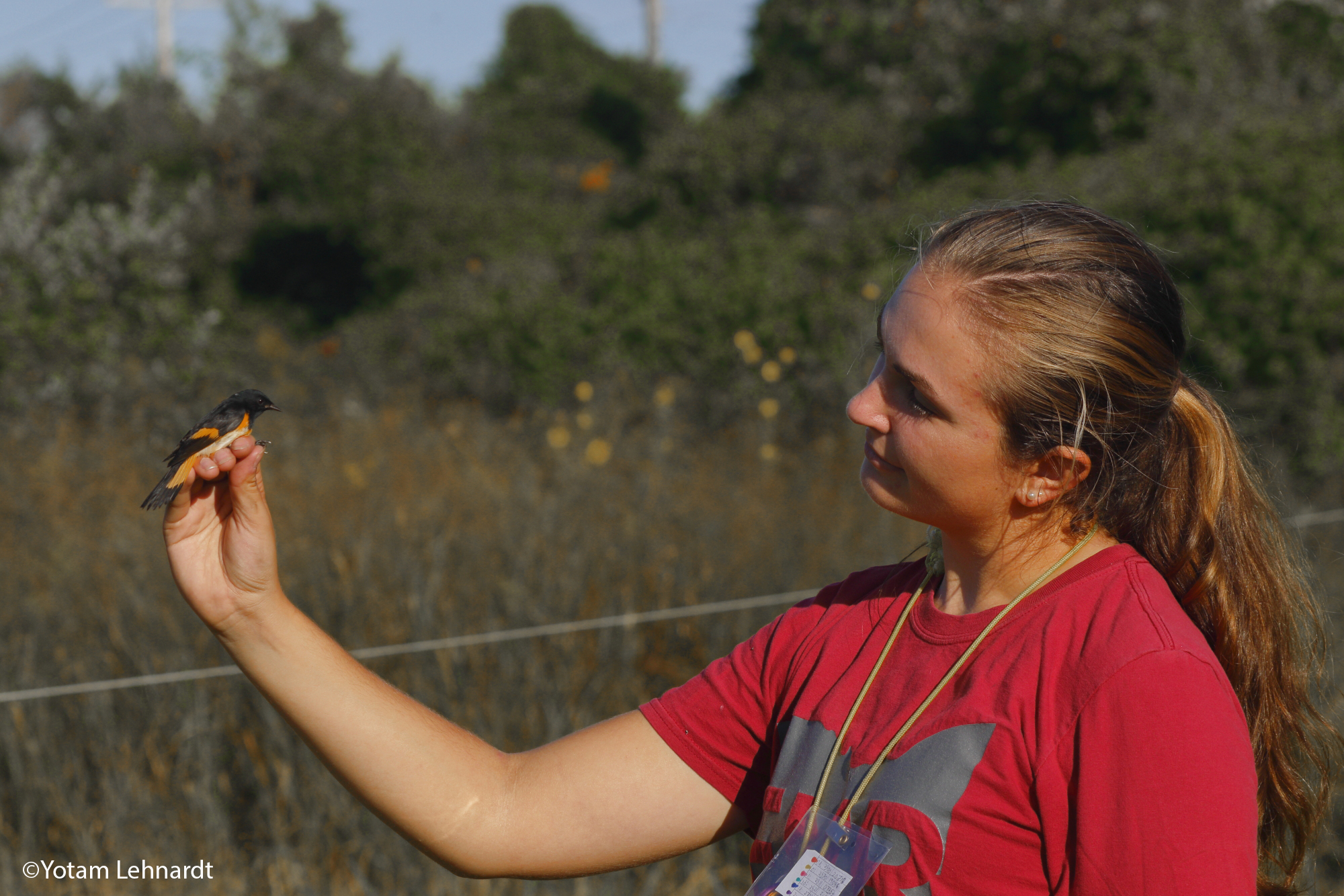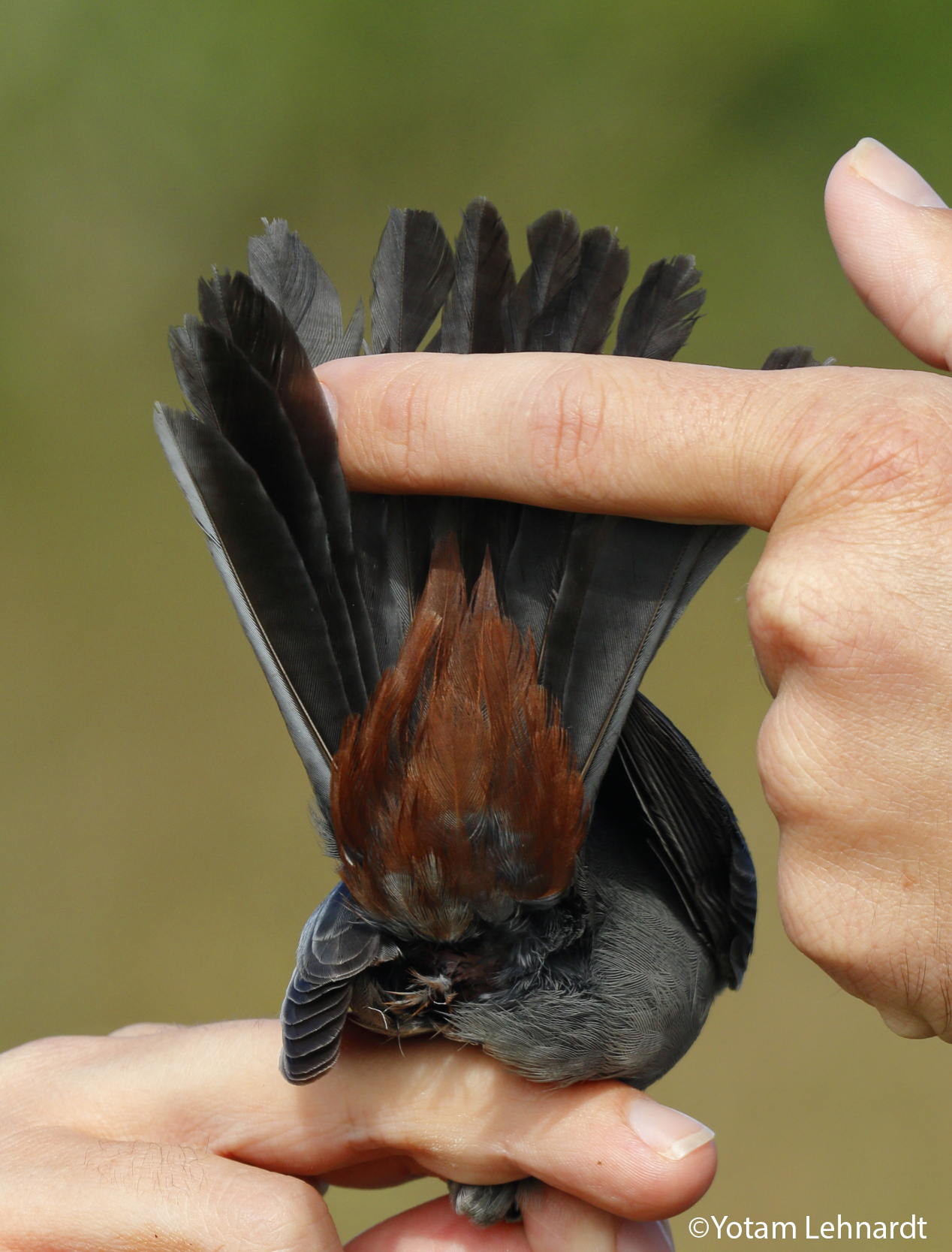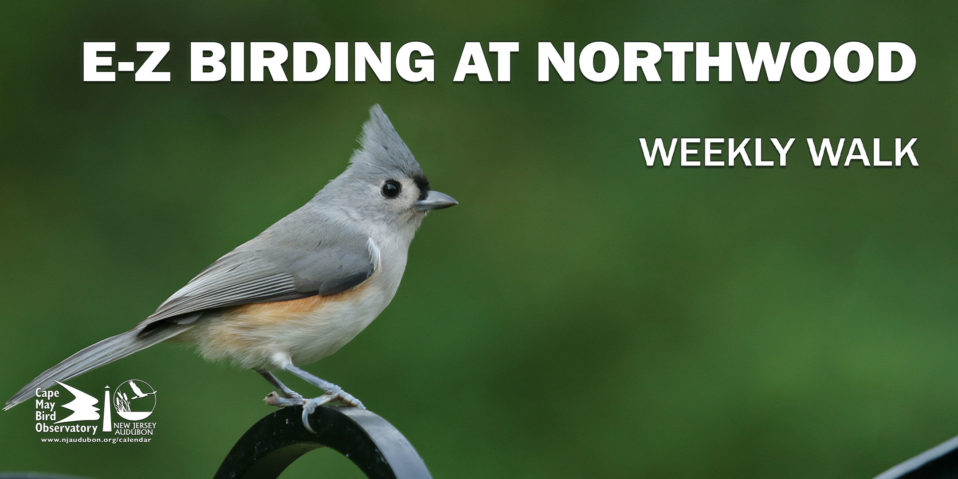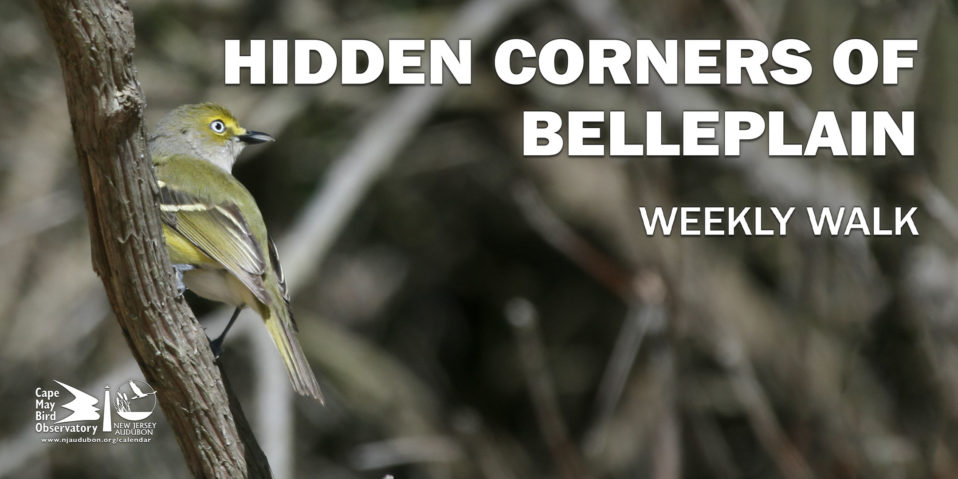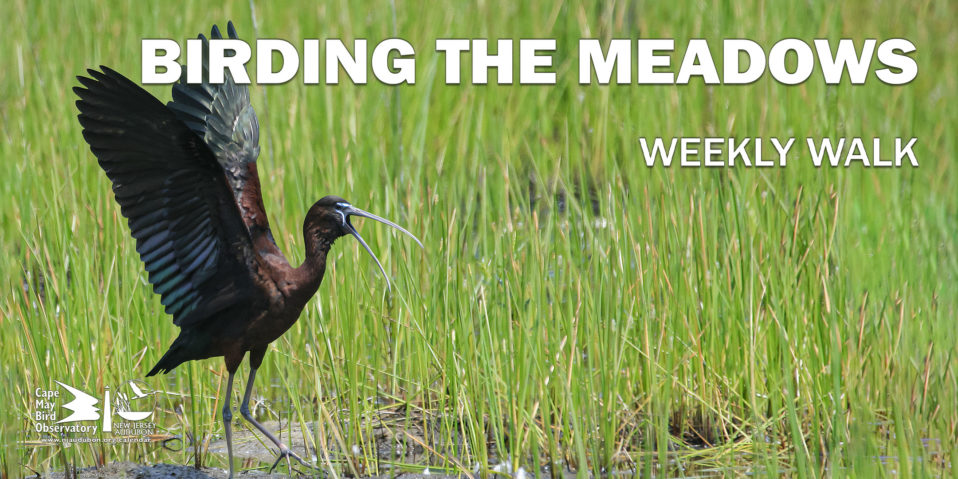Photo: Sharp-shinned Hawk – Yotam Lehnardt
Banner Photo: Northern Parula – Yotam Lehnardt
Fall migration of songbirds along the east coast has a strong connection with weather events. Most birds prefer to move long distances on nights with a good tailwind coming from the north, and north winds tend to be strongest following the passage of cold fronts. In Cape May, northwest winds in particular will push migrating birds out toward the coastline and often bring the largest numbers to all our migration counts.
During this fall season, we have experienced a noticeable shortage of cold fronts. Storm systems moving across the country from west to east have started to fall apart about the time they reach the Appalachians, sometimes surviving as patches of scattered showers that make it to the coast, sometimes never arriving. The last real measurable rain we had at the South Cape May Meadows site was during the offshore passage of Hurricane Dorian. Not coincidentally, the north and northwestern winds following the storm brought us our two biggest days of the season thus far.
So, despite moving into the final third of September, the number of birds we have captured has stayed relatively low. Although our average of birds caught per day has increased from about 25 birds per day (late August – early September) to about 50 birds per day currently, things still felt quite slow given the where we are in the fall migration season. The passage of a weak cold front on Tuesday afternoon and night resulted in us catching 116 birds Wednesday morning, a real cause for celebration. There are signs that things will begin to change soon, mainly in the form of the first few Yellow-rumped Warblers starting to trickle in, but for now it still feels as though we’re playing a waiting game.
This week we banded 402 new birds of 31 species. This brings the season total to 1,976 captures of 53 species. Overall, Gray Catbird, Common Yellowthroat, Red-eyed Vireo and America Redstart dominated, making up two-thirds of the birds caught in Week 6. We also caught our first hawks of the season (two Sharp-shinned Hawks and one Cooper’s Hawk), and our first Tennessee Warbler of the season.
| Ruby-throated Hummingbird | 8 |
| Sharp-shinned Hawk | 2 |
| Cooper’s Hawk | 1 |
| Northern Flicker (Yellow-shafted) | 2 |
| “Traill’s” Flycatcher (Willow/Alder) | 6 |
| Eastern Phoebe | 1 |
| Philadelphia Vireo | 1 |
| Red-eyed Vireo | 54 |
| House Wren | 5 |
| Carolina Wren | 2 |
| Gray Catbird | 92 |
| Brown Thrasher | 5 |
| Veery | 2 |
| Chipping Sparrow | 1 |
| Yellow-breasted Chat | 1 |
| Ovenbird | 3 |
| Northern Waterthrush | 27 |
| Black-and-white Warbler | 13 |
| Tennessee Warbler | 1 |
| Nashville Warbler | 1 |
| Common Yellowthroat | 72 |
| American Redstart | 47 |
| Northern Parula | 19 |
| Magnolia Warbler | 2 |
| Yellow Warbler | 4 |
| Black-throated Blue Warbler | 11 |
| Palm Warbler (Western) | 10 |
| Yellow-rumped Warbler (Myrtle) | 1 |
| Prairie Warbler | 3 |
| Northern Cardinal | 1 |
| Indigo Bunting | 2 |




